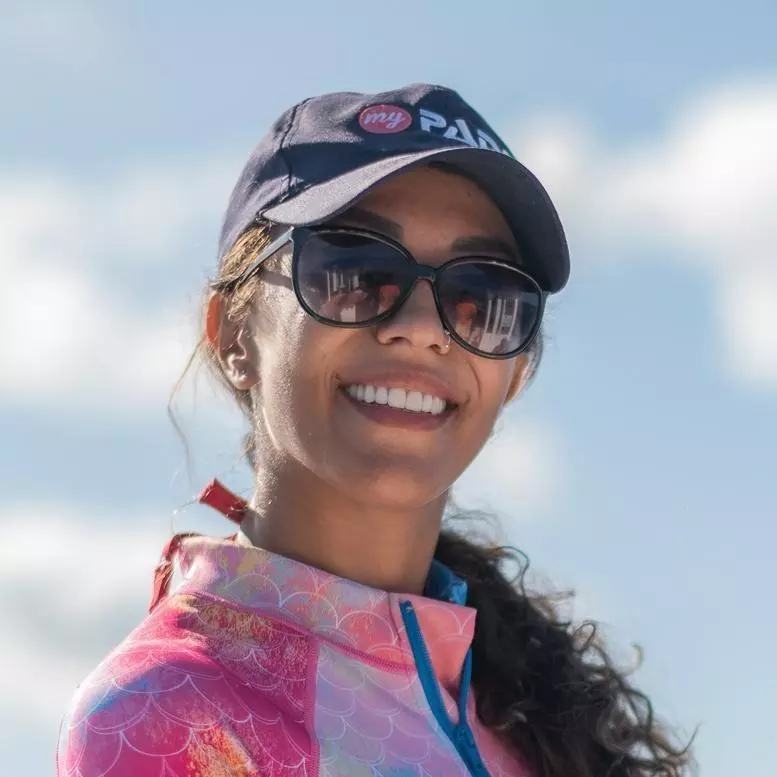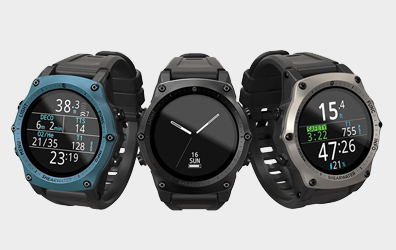 The dive computer is a part of the basic scuba setup. Since the first dive computer was introduced in 1983, a lot is changed.
The dive computer is a part of the basic scuba setup. Since the first dive computer was introduced in 1983, a lot is changed.
When I started diving in the middle of the 1990s, we used dive tables and I bought my first dive computer in 1997. What a luxury was that was, just jump in the water and you knew exactly what your remaining bottom time was. The time I spent with dive table calculations for multiple dives a day was over. There was one other big advantage of using the dive computer – we could dive much longer now. The dive tables were not designed for multi-level dive planning but the dive computer was.
20 years later, the dive computer is much more than just a multi-level, non-deco, bottom time calculator. Now, all computers are "decompression" computers, so when you exceed the maximum bottom time, it tells you exactly which depth you have to accent to and for how long. Most computers can switch between two different gasses (Air and Enriched Air Nitrox), and even the more expensive ones can also switch between different gasses during the dive.
When you have a tech dive computer, you also can adjust the dive algorithm. Some dive computers have a built-in compass, is air integrated with a sensor, bright colourful display, wireless charging and titanium housing – these are just some of the futures.
Year after year I am diving with an Alladin Pro, the grey one. I bought my first Suunto, a D6, in 2014 because it looked cool and many of my friends used one and now I'm using the Shearwater Teric since 2022. As written before, all dive computers do what they have to do as long you dive in the limits of recreational diving.
Nowadays, most computers are for air and Enriched Air Nitrox (EAN). The computer lets you know what your remain bottom time is, tell you what to do when you exceed the maximum bottom time, gives you a warning when your accents speed is too fast, what more do you need? The choice is more based on how the computer looks, how easy you can read the numbers in the display, how easy you can change settings and use the menu. User comfort is the most important reason when considering what kind of a computer the diver will buy.
My advice: any Air/Nitrox deco computer as long you can clearly read the display and you understand how to adjust the settings.
My computer: Shearwater Teric
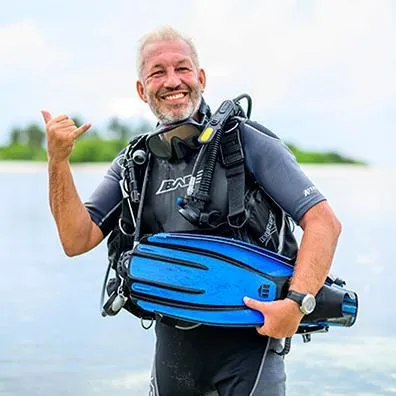
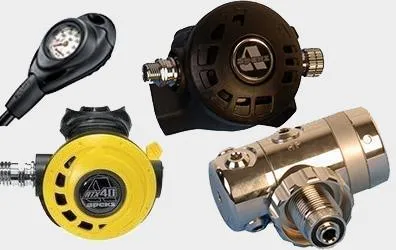 We start with the heart of our scuba equipment. The purpose of the regulator is to reduce high-pressure gas from the tank (200bar) to a low pressure (ambient pressure) gas that is easy to breathe.
We start with the heart of our scuba equipment. The purpose of the regulator is to reduce high-pressure gas from the tank (200bar) to a low pressure (ambient pressure) gas that is easy to breathe.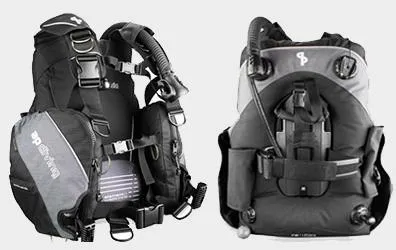 The primary purpose of the BCD is, to compensate volume and weight changes during the dive.The BCD is also a life-jacket. When you inflate the BCD on the surface you become positive so it prevents you from drowning.
The primary purpose of the BCD is, to compensate volume and weight changes during the dive.The BCD is also a life-jacket. When you inflate the BCD on the surface you become positive so it prevents you from drowning. The dive computer is a part of the basic scuba setup. Since the first dive computer was introduced in 1983, a lot is changed.
The dive computer is a part of the basic scuba setup. Since the first dive computer was introduced in 1983, a lot is changed.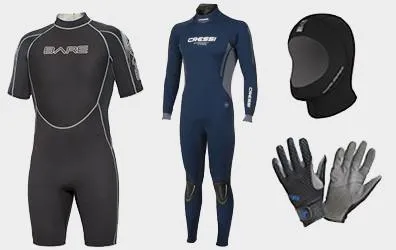 Your wetsuit is worn to keep you warm and to protect you against marine life. The water temperature in the Maldives is normally between 27c and 30c and that is warm.
Your wetsuit is worn to keep you warm and to protect you against marine life. The water temperature in the Maldives is normally between 27c and 30c and that is warm.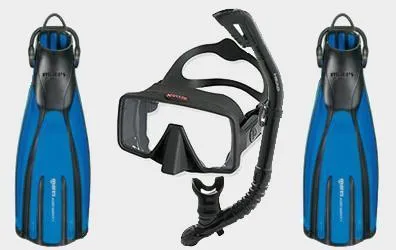 ABC equipment is the old term for snorkel equipment. When you go to a dive shop or check online, then you can find hundreds of brands and models. When scuba diving we need a little more than just masks, fins and a snorkel. A scuba diving mask has tempered glass and fins have to be powerful to swim against currents in the Maldives. Of course, you can go for a snorkel with your scuba ABC set.
ABC equipment is the old term for snorkel equipment. When you go to a dive shop or check online, then you can find hundreds of brands and models. When scuba diving we need a little more than just masks, fins and a snorkel. A scuba diving mask has tempered glass and fins have to be powerful to swim against currents in the Maldives. Of course, you can go for a snorkel with your scuba ABC set.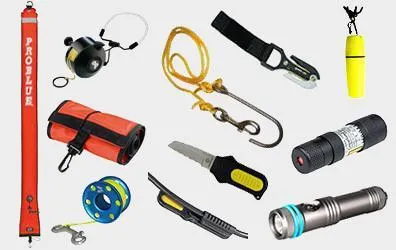 I take most of these items with me for safety purpose, I will explain what extra I take with me and the purpose of it.
I take most of these items with me for safety purpose, I will explain what extra I take with me and the purpose of it.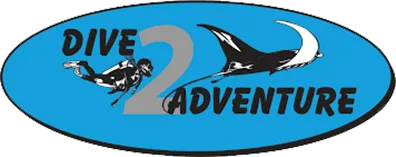 Welcome to "Betaalbaar Duiken"
Welcome to "Betaalbaar Duiken"
